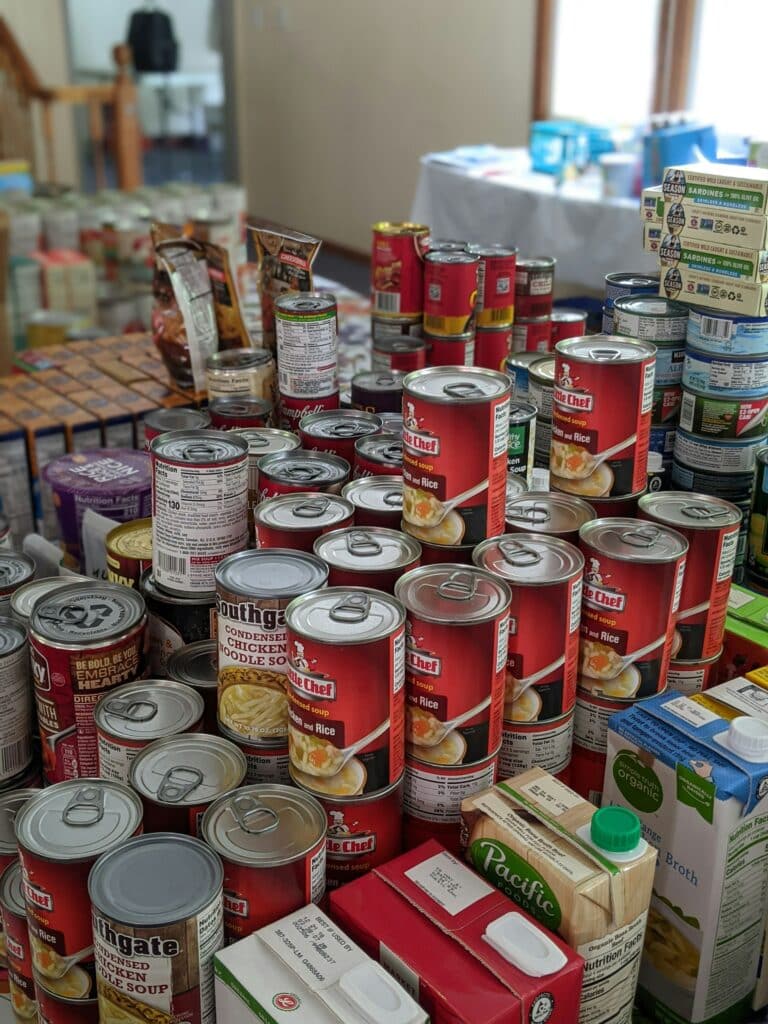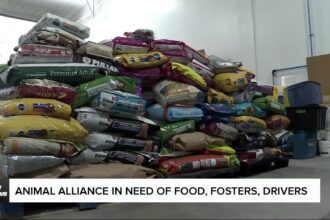In the shadow of rising food insecurity across Canada, food banks face an increasingly complex balancing act: distributing urgently needed provisions while maintaining rigorous safety standards. Last month’s nationwide survey revealed a 35% increase in food bank usage since 2019, putting unprecedented pressure on these vital community resources at a time when safety concerns have never been more scrutinized.
“We’re seeing families who never imagined needing our services,” explains Melissa Chen, operations director at Toronto’s Community Care Food Bank. “But we can’t let increased demand compromise our safety protocols—one foodborne illness outbreak could devastate vulnerable communities and undermine trust in our entire system.”
Food banks across Canada have implemented multi-layered safety approaches that begin well before items reach recipients’ hands. At Food Banks Canada, donations undergo rigorous inspection processes where trained volunteers check expiration dates, packaging integrity, and signs of contamination. Temperature-controlled storage facilities—once a luxury for many smaller operations—have become essential infrastructure investments.
The COVID-19 pandemic permanently transformed operations, with many safety protocols now standard practice. Calgary’s Neighbourhood Support Network maintains distancing requirements during distribution, offers appointment-based pickups to prevent crowding, and continues enhanced sanitization procedures implemented during the height of the pandemic.
“What began as emergency measures have evolved into best practices,” notes Dr. Erica Powell, food safety specialist at the University of Manitoba. “Food banks are now more conscientious about cross-contamination risks and have developed specialized training programs for volunteers handling different types of foods.”
Traceability has emerged as another critical component. Modern food banks increasingly utilize digital inventory systems that track donations from source to recipient, enabling rapid response if contamination is discovered. Vancouver’s Regional Food Support Center recently implemented QR code tracking that allows them to identify and contact recipients within hours if a food recall affects distributed items.
However, maintaining these sophisticated safety protocols comes at a considerable cost. A recent report by the Canadian Association of Food Security estimates that implementing comprehensive safety systems increases operational expenses by approximately 22%—funding that could otherwise purchase additional food supplies.
“It’s not just about having enough food—it’s ensuring that food is safe,” emphasizes Jordan Williams, executive director at Ottawa Food Share. “We’ve had to make difficult decisions between expanding services and upgrading safety infrastructure. Both save lives, just in different ways.”
Indigenous-led food banks face particular challenges balancing traditional food practices with conventional safety standards. The Northern Sustenance Network in Manitoba has developed innovative protocols that respect cultural food practices while incorporating modern safety techniques—creating a model other organizations are beginning to adopt.
“Traditional foods are essential to our communities’ physical and cultural wellbeing,” explains Dana Beardy, the network’s coordinator. “We’ve developed protocols that honor indigenous food sovereignty while ensuring safety standards are met.”
As food insecurity continues rising across Canadian communities, the pressure on food banks will likely intensify. Their ability to maintain rigorous safety standards while meeting growing demand will depend largely on increased funding, volunteer support, and innovative approaches to food safety.
As we witness this crisis unfold in communities nationwide, perhaps the most pressing question becomes: Can our society continue relying on charitable food banks to address systemic hunger issues, or do we need fundamental policy changes that address the root causes of food insecurity while ensuring everyone has access to safe, nutritious food?











